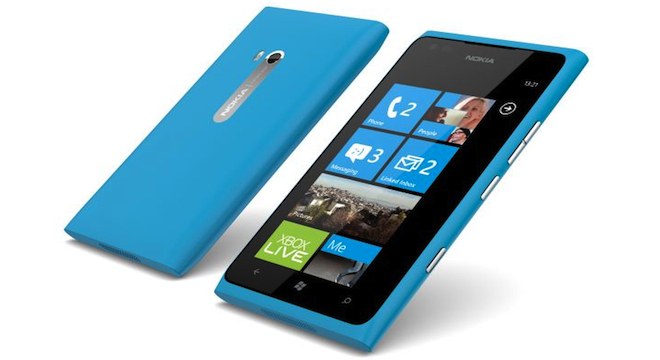Finnish phone-maker Nokia is dialing back the U.S. price of its signature Windows Phone, the Nokia Lumia 900, cutting it in half from $99.99 to $49.99 with a two-year contract, as The Wall Street Journal first reported on Sunday.
The phone was positioned as an iPhone-killer when it was launched back in April, with exclusive U.S. carrier AT&T throwing its marketing muscle behind it.
Nokia advertised the recent price cut as a win for consumers, but it’s difficult to see it as a reassuring one for Nokia or for Microsoft, which makes the Windows Phone operating system that runs on the device.
Both companies are struggling to catch up when it comes to the smartphone market, eclipsed in the past year by the increasing popularity of Apple’s iPhone and Google Android smartphones.
To make matters worse, Nokia has seen its stock price fall dramatically since the debut of the Lumia 900, announcing recently that it would be laying off 10,000 by the end of 2013 in order to help offset what Nokia projects will be greater-than-expected losses in its second quarter, the results of which are scheduled to be released on Thursday.
Recent market analyses indicate that despite excellent initial reviews, the Nokia Lumia 900 has failed to catch on with U.S. consumers, with only around 300,000 devices sold in the U.S. in its first three months. By contrast, the Apple iPhone 4S, the most recent model, sold upwards of 4 million in its first weekend of release, according to Apple, though it had a much wider availability and could be purchased in seven countries initially.
Nokia, though counters that the Lumia 900 is a success in the U.S.
“We have been pleased with the momentum that we have seen to date on both of our Lumia products in the US,” wrote Nokia spokesman Keith Nowak in an email to TPM, referring to the Lumia 900 and the earlier released Lumia 710, which is sold through wireless carrier T-Mobile. “But from day one, one of our key goals has been to create satisfied customers that will recommend Lumia devices to friends and family. And on that count, we have truly succeeded.”
Nowak pointed to a recent Nielsen survey commissioned by Nokia indicating that 96 percent of Lumia owners are satisfied with their devices and 95 percent would recommend it to their friends, as “a great example of positive momentum.”
Declining to provide any official sales numbers, Nowak did acknowledge that U.S. sales of the Lumia are of particular importance.
“All sales are important- no matter where they come from,” Nowak told TPM. “But certainly we understand that the US market is in many ways a driver for visibility of Nokia’s Lumia portfolio globally. Given that, we are pleased with the positive momentum and reaction we are seeing from our US consumers, as we know that their opinions to have a lot of weight around the world.”
Despite Nokia’s sunny claims, a recent decision by Microsoft is clearly testing the goodwill of some Lumia 900 owners: Microsoft announced in late June that existing Windows Phone devices, including the Lumia 900 and Lumia 710, would not be upgradable to the upcoming, much-anticipated new version of the software, Windows Phone 8, due out in the fall.
Essentially, Nokia and Microsoft have decided to make their flagship device obsolete just months after its release. The Lumia 900 will be upgradable to Windows Phone 7.8, an interim version that contains some of the features of Windows Phone 8, but the full new operating system won’t be supported.






